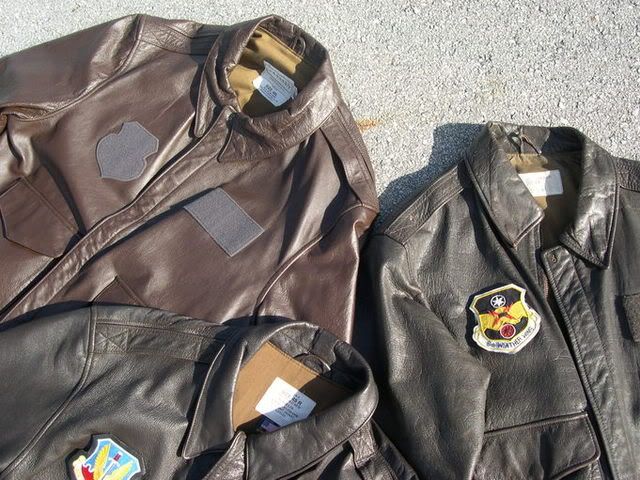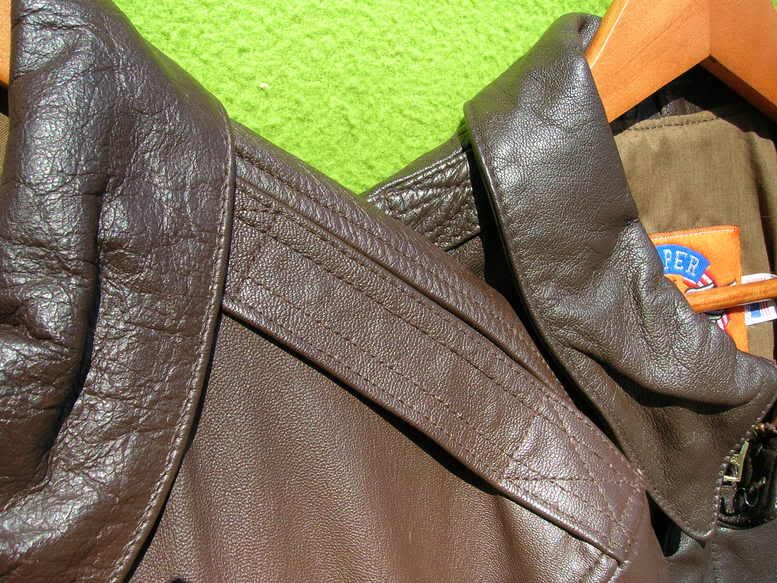Questions concerning the current-issue Air Force A-2's:
1. One description I've come across says that the leather of the jacket is treated with a special fire retardant chemical. Is this true, and, if so, any idea what the chemical is?
2. The same source says that the jacket "is authorized for wear by aircrew members and by space operations personnel. Only personnel who have completed their mission qualifications, as opposed to basic aviation qualifications, are permitted to wear it." I'm an old Navy guy. Can someone explain the difference between mission qualification and basic aviation quals? We were issued G-1's as we started flight training in the Navy, so apparently Air Force pilots/crews have to wait for further qualifications? I assume this does not mean graduation from flight training?
Many thanks for the help!
1. One description I've come across says that the leather of the jacket is treated with a special fire retardant chemical. Is this true, and, if so, any idea what the chemical is?
2. The same source says that the jacket "is authorized for wear by aircrew members and by space operations personnel. Only personnel who have completed their mission qualifications, as opposed to basic aviation qualifications, are permitted to wear it." I'm an old Navy guy. Can someone explain the difference between mission qualification and basic aviation quals? We were issued G-1's as we started flight training in the Navy, so apparently Air Force pilots/crews have to wait for further qualifications? I assume this does not mean graduation from flight training?
Many thanks for the help!














